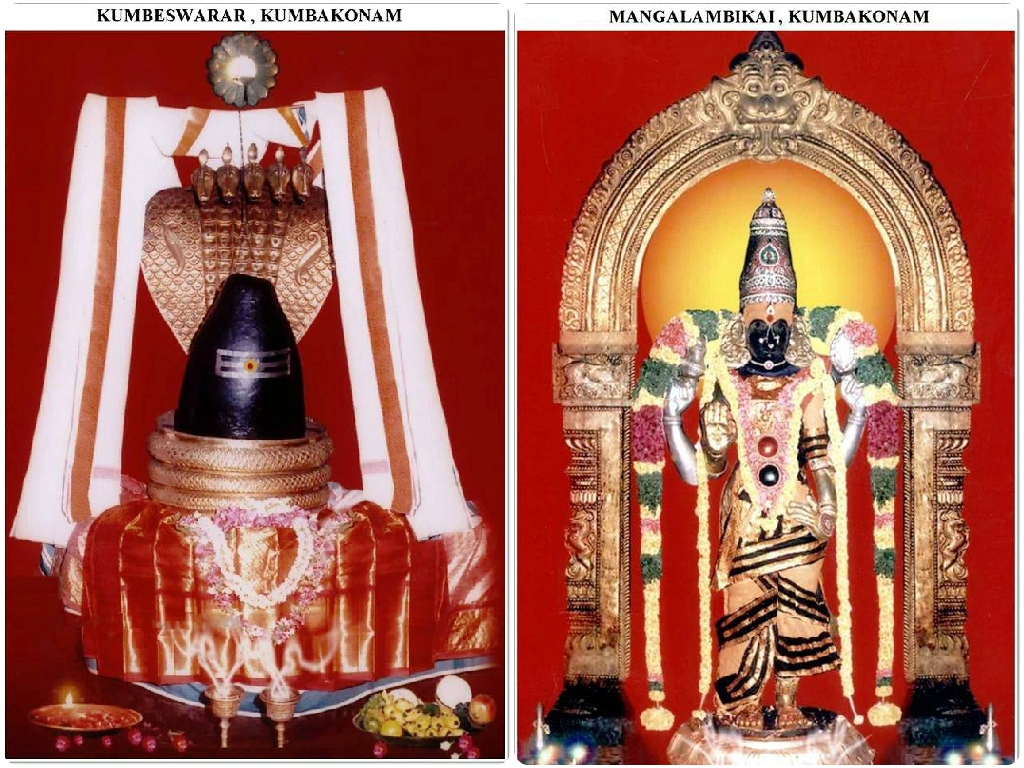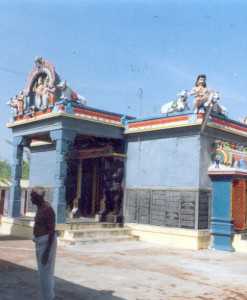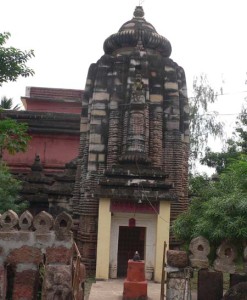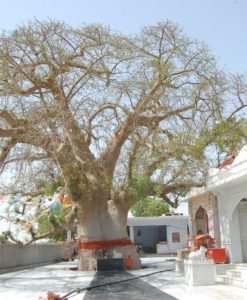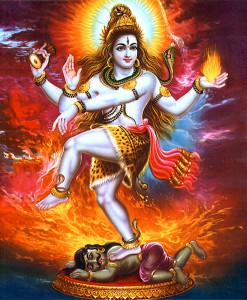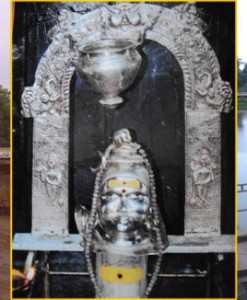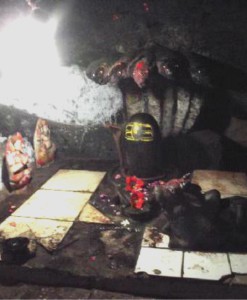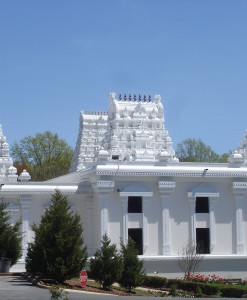No products in the cart.
Adi Kumbeswarar, Kumbakonam
Adi Kumbeswarar Temple is located in the holy city of Kumbakonam. Adi Kumbeswara is the main deity of the temple. Adi is of primordial origin implies ancient or the first and the foremost. The Kumbeswarar is in Shiva Linga form which is formless and boundless. Aaru (formless) + uru (form) = aaruuru. The shape of the linga is of very special significance, it is a conical shaped lingam, This is a unique linga in the world. The Pururanas derive the meaning of the shape and the name. The city name Kumbakonam itself is derived from the name of God – Kumba and the slight angle of the Linga and hence the name “Kumbakonam”.
- Temple History
- Architecture
- How To Reach The Temple
- Daily Poojas And Festivals
- Videos
- Additional Information
It is one of the 127 temples on the southern banks of the river Cauvery. It is mentioned as, ‘Thirukkudamooku’ in ‘Thevaram’ and at present it is called Kumbakonam. It is a prime temple amidst the many temples in Kumbakonam. The presiding Murti(deity) is Adi kumbeswarar and His consort is Mangalambika. It is also one of the 64 saktibheta sthala (Mantrabheta sthala). The Shiva Linga is slightly tilted at the top towards left and hence the name kumbakonam (kumba – pot;konam -bend) and the deity kumbeshwara.
During cosmic dissolution, a pot containing nectar (Amrita) was floating and lord Shiva came in the disguise of a hunter and pierced the pot with an arrow, thereby making the nectar to flow through it’s nostril on all sides . Hence this place is named Kudamooku (kuda – pot; mooku – nostril or tip). The objects such as mango leaf, sacred grass (Tharppai), hoop (uri), Bell tree leaf (Bilva), coconut and the sacred thread (poonool)which adorning the pot fell into different places due to whirl wind. They appeared as Shiva lingas and later on they became Siva temples. As per puranas the genesis of life happened by the the Thiru Vilaiaadal (divne play) of God Shiva here, and from here all the living beings originated.
The Adi Kumbeswarar temple complex covers an area of 30,181 sq ft (2,803.9 m2) and houses four gateway towers known as gopurams. The tallest is the eastern tower, with 11 stories and a height of 128 feet (39 m) The temple has numerous shrines, with those of Kumbeswarar and Mangalambigai Amman being the most prominent. The temple complex houses many halls; the most notable is the sixteen-pillared hall built during the Vijayanagar period that has all the 27 stars and 12 zodiacs sculpted in a single stone.
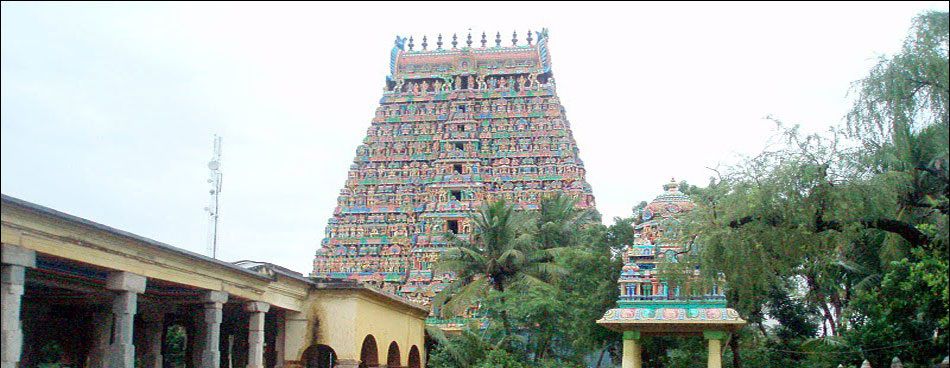
Adi Kumbeswarar Temple is located in Thanjavur main road of Kumbakonam city. It is roughly 2 km from Kumbakonam Bus Terminal. The bus stop is called “Mottai Gopuram” bus stop. Many buses go via this bus stop. Near by temples are – Ramaswamy Temple, Birman Temple, Someswarar Temple and Chakarapani temples.
Auto Rickshaw, Mini bus, Town buses are the modes of transport you can take to reach the Adi Kumbeswarar Temple.
Adi Kumbeswarar, Kumbakonam
The Adi Kumbeswarar temple has six daily rituals at various times from 5:30 a.m. to 9 p.m., and twelve yearly festivals on its calendar, with the Masi Magam festival celebrated during the Tamil month of Maasi (February – March) being the most prominent.
Theerthavari festival is celebrated in the Mahamagam tank on Masi Magam (February-March). Sabthasthanam festival in Chithirai (April-May) when the Lord and Mother visit 7 places at a distance of 20 kilometres. Tirukalyanam (wedding festival) in Vaikasi (May-June), Tirumanjanam in Aani (June-July), Aadi perukku and Aadi Pooram (July-August), Panguni festival (March-April) with special pujas, Butter pot festival on the Aswathi star day in Masi (February-March), on the 8th day, and the procession of Panchamurthis are the festivals grandly celebrated in the temple. Masimagam is the biggest festival in Tamilnadu.
The Pottramarai tank is in front of the temple. Those visiting the temple during the Mahamagam festival (famous festival celebrated once in 12 years as the Kumbh Mela in North) take bath in the tank. The story goes that the 9 divine maidens had a dip in this tank after their bath in the Mahamagam tank. As the Linga is of sand, no abishek is performed. Only Tirumanjanam is applied. The Linga is broad at the bottom and narrows at the top in the shape of a needle. There is a Nadaswaram (a musical instrument) made of stone which is well maintained. A lion carrying some stones on head in the front hall of the temple stands as an example of the Tamil sculpture art.

